The unique design of vascular bionics of the Supera braided stent, which combines axial and longitudinal flexibility and superior fracture resistance, is an initiative in the treatment of complex lower extremity arterial lesions. For the lower limb superficial femoral artery (SFA) segment, femoropopliteal artery segment severe calcification, adductor canal lesions, atherosclerotic occlusive lesions, long segment lesions can obtain good results. Rajiv Parakh, Prof. Rajiv Parakh, from MEDANTA THE MEDICITY Medical Center, Gurgon, India, presented at the 50th International Congress of Vascular and Endovascular Diseases (VEITH 2023) on November 14, 2023, local time in the United States, sharing the value and skills of the Supera stent in curved/angulated arterial lesions at non-SFA sites.
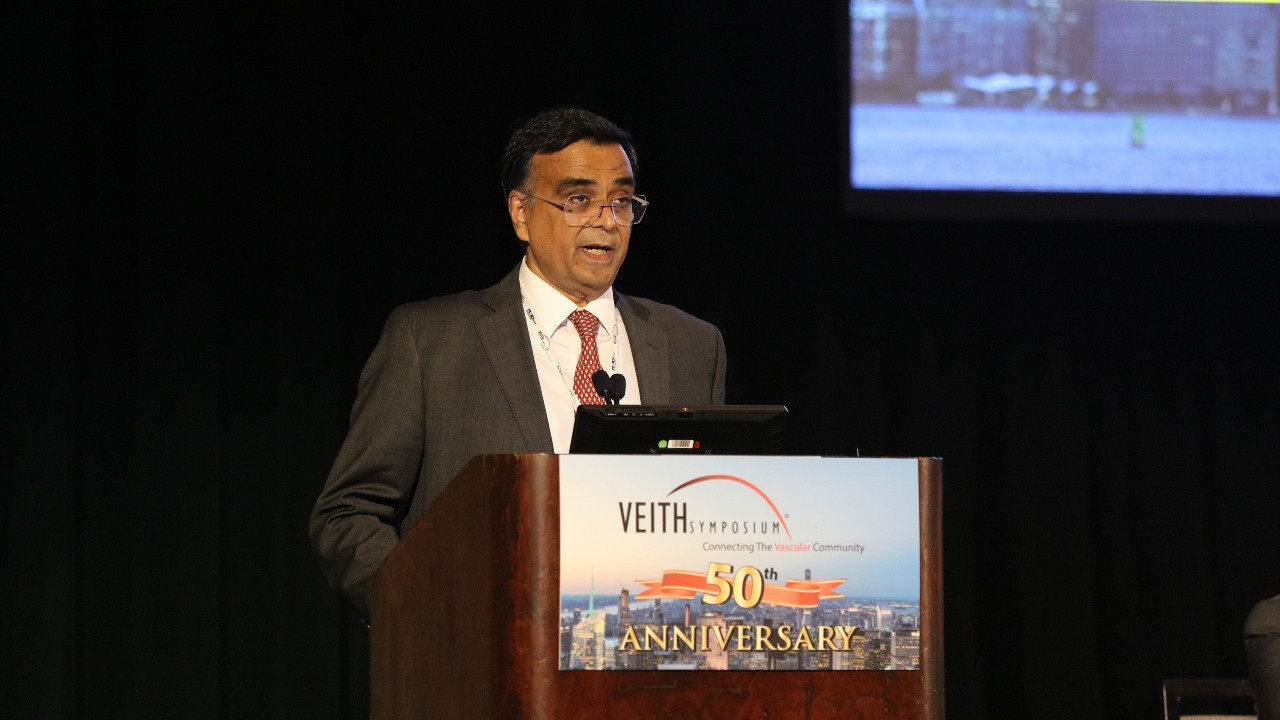
Supera bionic design for better vascular compliance
The Supera stent uses a unique closed braiding technology, consisting of six closed braided high-strength nitinol wires, each of which can move independently and evenly disperse the external force to the entire stent system, with a very low chronic external expansion force, while the radial support force is as high as four times that of a common nitinol stent and can strongly combat calcified lesions (1:1 diameter, inelastic retraction). Supera stent can imitate the natural structure and movement of human anatomy, has good flexibility and fracture resistance, even if twisted to 90 ° in the body, it will not break, and can comply with the shape of vascular bending, stretching and extrusion.
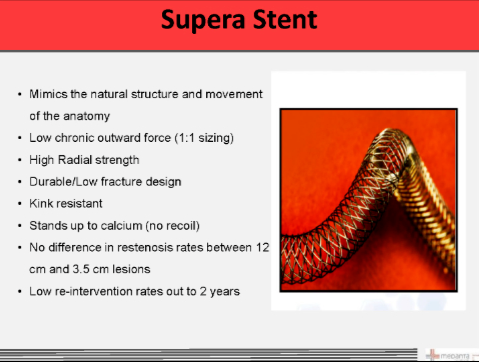
The use of the Supera stent in the femoropopliteal artery and even the common femoral artery has been confirmed by clinical practice and trials, and with its excellent design and performance, can it also achieve good results in arterial lesions at other sites? From the design level, the Supera stent has the characteristics of compliance, flexibility and mobility, which perfectly fits the challenges faced in the application in the non-SFA field.
New expansion of Supera stent application field
1. Subclavian artery
The subclavian artery has a natural angle, while the Supera stent just conforms to the arc of the vessel and fits perfectly.
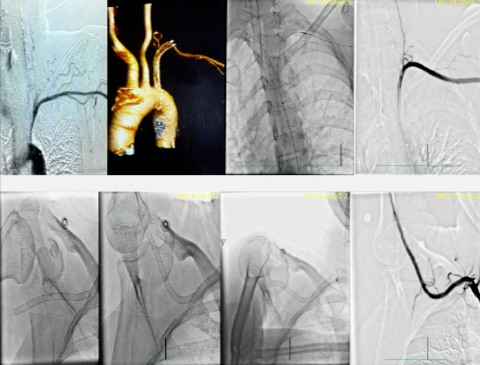
2. Aorto-iliac artery
For aortoiliac stenotic/occlusive lesions, a Supera stent was implanted in the left iliac artery and a self-expanding stent was implanted on the other side via a brachial approach, followed by balloon kissing dilatation and satisfactory morphology was obtained.
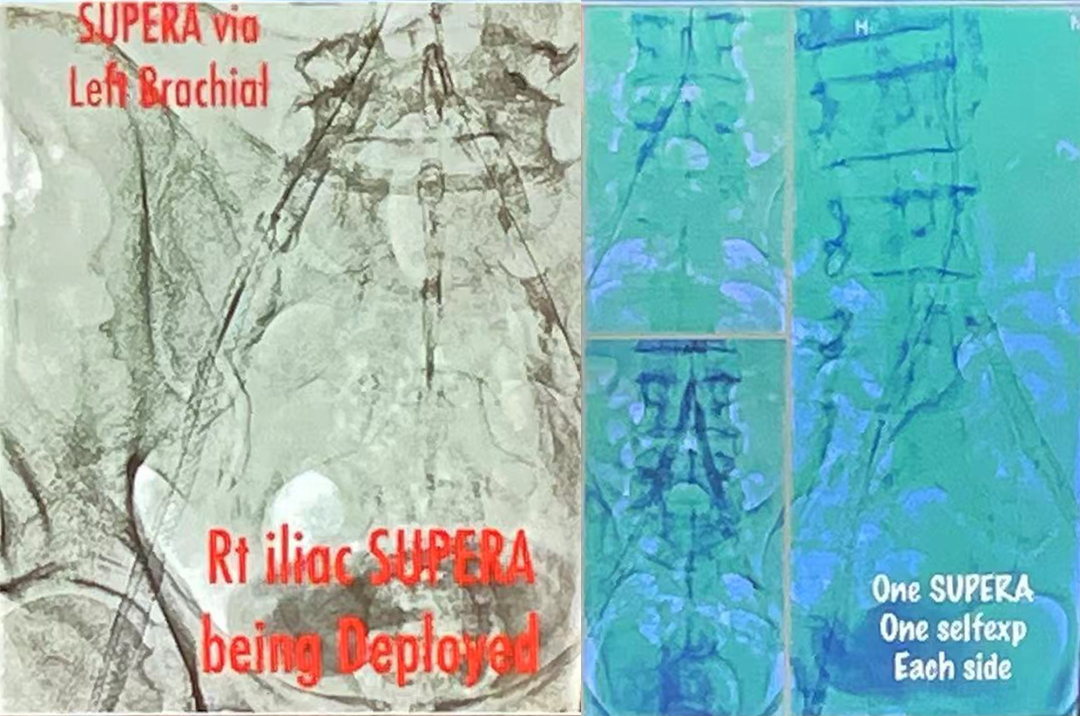
3. AVF anastomosis
The AVF anastomotic vessels are so curved that the implanted stents have excellent flexibility. In vitro, the Supera stent was folded 180 ° and remained in good shape without deformation, which is the best choice for the treatment of tortuous lesions. The innovative application of the Supera stent at the anastomotic stoma resulted in satisfactory results; the stent was in good shape and the lumen was patent postoperatively.
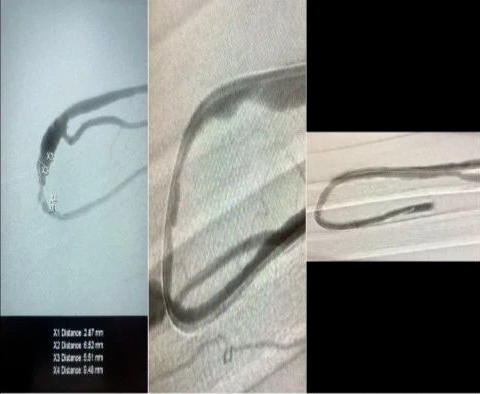
Data sharing of expanded application of Supera stent
Since August 2015, 365 patients with non-femoropopliteal disease underwent Supera stent implantation at MEDANTA THE MEDICITY Medical Center in Gurgon, India, including 360 aortoiliac lesions, 48 subclavian lesions, and 11 lesions at other sites. There were no acute occlusions requiring intervention 30 days post-procedure. Five years after surgery, the aortoiliac artery patency was 80.2% and the subclavian artery patency was 82%. This set of data remains in follow-up and more results are expected.
A prospective, multicenter, real-world registry assessed the efficacy, safety, and durability of Supera stenting for de novo or restenotic SFA or complex femoropopliteal lesions in India. The study included 276 patients at 21 centers with diabetes mellitus 84%, hypertension 63%, CAD 30%, mean lesion length 105.4 mm, diameter stenosis 91.7%, occlusion 60%, Rutherford grades 5 and 6 53.2%, and TASC grades C and D 53%. A total of 324 Supera stents were implanted; freedom from TLR was 90.3% at 18 months and 92% at 12 months with Rutherford clinical improvement, and patients' quality of life was also significantly improved.
Summary
Supera vascular bionic design provides a more effective solution for complex anatomical environments, conforming to the native vascular anatomy and movement direction while also providing sufficient radial support and flexibility, and is a sharp tool for the treatment of complex superficial femoral artery, femoropopliteal artery, and even common femoral artery lesions. At present, the expanded application of Supera stent in the treatment of arterial lesions at other sites has been carried out, and preliminary progress has been made in the treatment of anastomotic lesions of subclavian artery, aortoiliac artery and AVF. More expanded applications and results are expected to be published.


